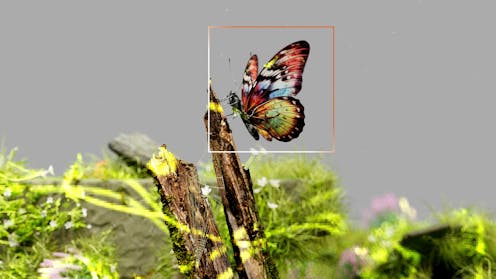Following a recent spike in news reports about the safety of electric scooters in Queensland, the Electrical Safety Office (ESO) would like to make sure everyone exercises vigilance around charging activities for these devices.
Head of the ESO Donna Heelan said there’s more and more Queenslanders investing in new or used scooters and they need to be battery aware and mindful when charging them.
“It’s estimated there are approximately 250,000 electric scooters in use in Australia already, and it’s likely that many more new and second-hand scooters will be hitting the pavement weekly in the lead-up to the Easter holidays,” Ms Heelan said.
“The ESO has been monitoring reports of safety incidents relating to electric scooters, and a key consideration for us is continuing to provide education on best practices associated with the safe use when charging these scooters.
“As an active and proactive safety regulator, we have been in regular conversations will relevant authorities including the Queensland Fire and Emergency Services, Office of Fair Trading, and the national Standing Committee of Officials for the Electrical Equipment Safety System often referred to as the EESS, to continuously review the safety standards for our Queensland communities.
“We will also work closely with our interstate counterparts through the Electrical Regulatory Authorities Council.”
The ESO recommends that you check both the scooter and charging device for any signs of damage before plugging it in to charge, and to consider how, when, and where to perform charging activities.
“With batteries and charging devices, the ESO encourages you to look for any signs of wear or damage that could cause electrical issues.”
Ms Heelan also said the best practice for charging is to consider what you charge with, the time of day you charge, and where you charge.
“Charge your battery when you’re home, so you can be alerted to any signs of electrical failure,” she said.
“Secondly, monitor the device for any signs of smoke, popping noises or flames while charging.
“Thirdly, be sure to charge the device in an area with a smoke alarm, away from the effects of weather for example wind, rain or heat and away from any combustible products like bedding, couches or curtains.
“And finally turn off the charger when the battery is fully charged.
The charging device is required to comply with Australian Safety Standards, be certified and registered in the EESS database and be labelled with the ‘RCM’ – commonly known as the regulatory compliance mark.
“If you’re buying a new scooter, check the charging device has the RCM, and also ask the supplier does the scooter comply to Australian safety standards, and does it have a battery management system integral to the battery? If the supplier doesn’t know – don’t buy it,” Ms Heelan said.
“Many Queenslanders buy second-hand items and when it comes to buying a used scooter, it’s particularly important you check the charger to see if it’s verified (has the RCM) or if you need to purchase another charger then check the scooter manufacturer’s information for the specifications required and only purchase a charger of that type, ensuring it’s labelled with the RCM.
“If you need to replace the batteries check the scooter manufacturer’s information for the specifications required for the battery pack and do not modify or try and repair batteries in scooters, leave it to the professionals.”
Ms Heelan stated that it’s important to know that if you use a charger of the wrong voltage output, or have the wrong batteries in the scooter, you can cause a fire, which may result in tragic consequences. It’s also important to note that lithium-ion batteries do not need to be plugged in to start a fire, and disposal of used batteries needs to be done appropriately.








